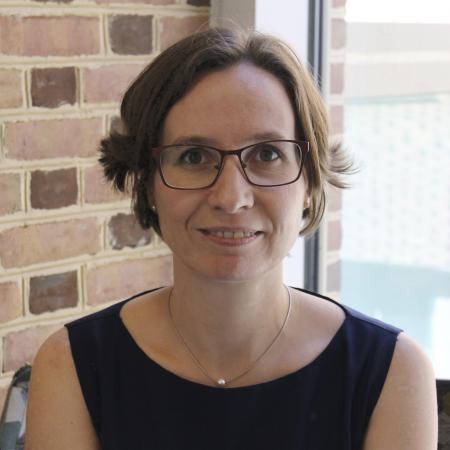
Prof. Saskia Mordijk
Saskia Mordijck
College of William and Mary
Friday, March 9, 2018
3:00pm
Abstract: One of the largest challenges we are facing in the 21st century, is that of providing clean, cheap energy to accommodate our growing world population and to improve the living conditions in 3rd world countries, while maintaining the high standards of living we have come to enjoy in the developed world. One promising technique to produce electricity on a large scale is nuclear fusion. In order to contain the plasma that reaches temperatures that are higher than those in the core of the sun, we use magnetic fields in a magnetic confinement device called a tokamak. The fusion gain is directly linked to the density of the plasma. However, due to the high temperatures, it impossible to fuel the core of the plasma directly. In this talk I will elucidate how particle transport changes from the core to the plasma edge as a result of changes in turbulence characteristics.
Bio: Saskia Mordijck received her Ph.D. from the University of California San Diego (UCSD) in 2011 and she received a Master degree in Mechanical Engineering with a focus on energy sciences from the K.U. Leuven (Belgium) in 2006. Her research focuses on plasma transport and how the plasma edge affects core confinement in tokamaks. She was awarded a best paper award from Physics of Plasmas in 2012 as well as a best paper award from Nuclear Fusion in 2014 for her work on Resonant Magnetic Perturbations. Currently, she is an assistant professor at The College of William and Mary.